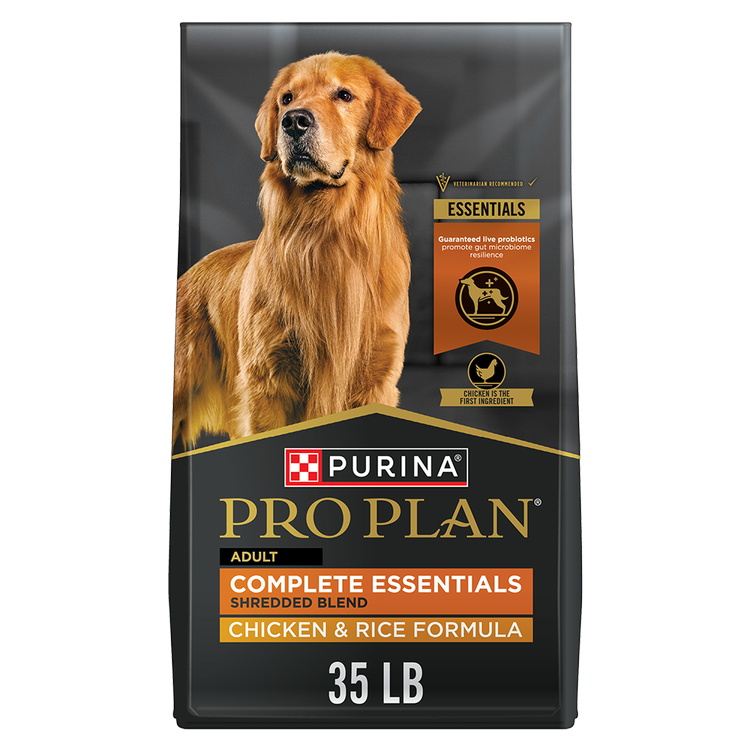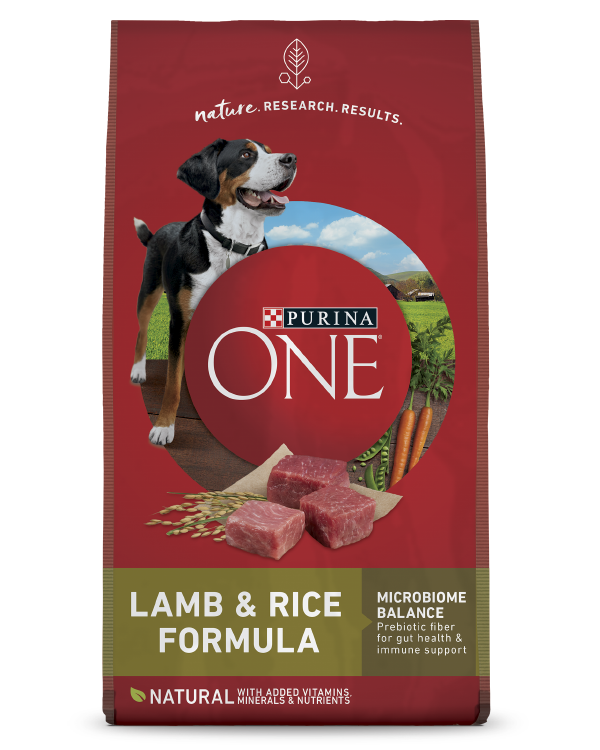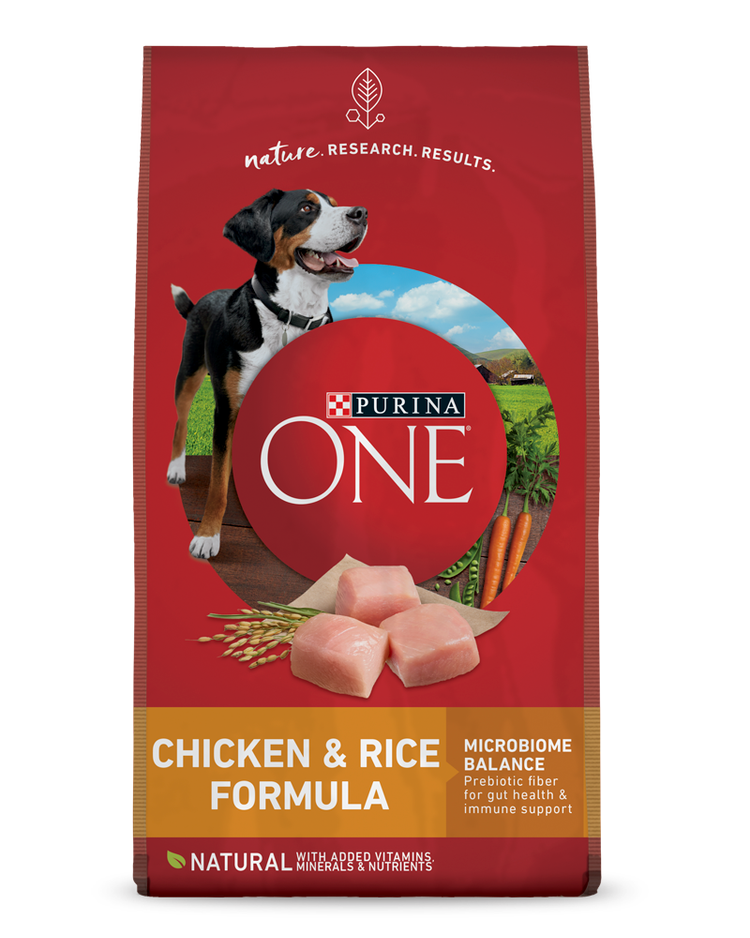Common Dog Paw & Paw Pad Injuries


A dog paw injury can happen more easily than you may think.
It’s true paws and paw pads are designed to withstand a lot of wear and tear, which is why dogs don’t need shoes. Over time, pads build up a tolerance to cold and hot temperatures and, to some extent, rough terrain as well.
Dog paws are not impenetrable, however. Rocks, extreme temperatures and certain terrain can cause paw pad injuries.
A blister, cut or burn should be treated promptly. If the surface of the pad is injured and opened, the protective barrier is broken and infection can occur. Not to mention – your poor pet may have a hard time avoiding use of the sensitive area.
If you’re wondering how to address a cut on a dog paw or how you might react in the event of a dog paw burn, read on to learn how to check and treat a paw pad injury.
What Are Dog Paw Pads?
Paw pads are like a thick cushion under your dog’s feet. They provide traction and stability to allow your pet to walk without slipping.
Pads play a larger role in your canine’s physical health as well. They act as shock absorbers, protecting joints and bones from the impact of movement, which can be especially useful during exercise.
Paw pads also insulate feet in winter and summer months, and help your pet traverse different kinds of terrain.
Dog Paw Injury Symptoms
If you didn’t see your dog get hurt but think there may be something wrong, check their paws for signs of a problem.
In general, here are a few symptoms that may indicate a paw or paw pad injury:
- Limping
- Excessive licking
- Avoiding use of a particular paw
- Favoring certain paws over others
- Inflammation/reddening or bleeding
Some of these symptoms (such as licking) overlap with those of other conditions that may affect paw pads, such as allergies. Growths can also develop on pads as well.
Contact your veterinarian if you’re unsure about developments on the paws or pads.
Treating a Dog Paw Injury
How you treat an injury to the paw or paw pad will depend on the type and severity of the problem. Regardless of the issue, though, it’s important to act quickly.
Injuries left untreated for too long may require therapy that could lead to extended downtime and diminished physical health. The wound can also become vulnerable to infection.
Additionally, dogs adapt their movements to compensate for pain, which may create secondary musculoskeletal issues if the problem isn't addressed.
If it’s not an emergency, you can treat the injury yourself for quick relief. No matter the severity of the problem, though, it’s a good idea to contact your veterinarian to let them know what happened and find out what they recommend.
Keep in mind that, in order for the wound to heal, your dog will need to avoid putting too much pressure on the injured paw. They may also be tempted to lick it, so you may need to attach an Elizabethan collar (E-collars) around their neck.
Cut on Dog Paw
If your pet has a cut on a dog paw or paw pad, there are steps you can take to help them recover.
Softly flush the wound with warm water and carefully remove any objects, such as glass or rocks. If these are stuck or difficult to dislodge, take your dog to the veterinarian for care.
If there is bleeding, apply pressure to the wound with a towel to constrict blood flow. In the event that bleeding doesn’t stop after a few minutes, go to the veterinarian right away.
After cleaning the injury, apply a small amount of antibiotic ointment if possible and wrap the wound in gauze.
Keep the gauze snug but not tight. This is important because if the gauze is wrapped too tightly it can cause tissue damage to the leg, adding a new injury to go along with the injured paw. To keep it from sliding off, wrap it up to the next joint on your dog’s leg and secure it with paper tape.
Dog Blister on Paw
Blisters are fluid-filled pockets that form under your dog’s skin. They’re often caused by friction or heat and can be painful, especially if they’re located in an area that comes into contact with other surfaces – like a paw pad.
Similar to how you might treat a cut, gently wash the area containing the blister with warm, clean water containing the blister to prevent infection. Then wrap it in a bandage until it heals.
Note that blisters may sometimes resemble cysts, which are also pockets of fluid on your dog’s body. If you’re unsure what the growth is and are concerned, talk to your veterinarian.
Dog Paw Burn
A dog paw burn can occur when your pet walks on hot pavement or sand (of course, fire may also be a cause). If their pad becomes inflamed/reddened or develops blisters or loose flaps of skin, wash the affected area with antibacterial soap and warm, clean water, then wrap it in gauze.
Like other dog paw pad injuries, though, take your pet to the veterinarian if the wound is big or causing serious discomfort.
Preventing Dog Paw Pad Injuries
If you want to reduce the chances of a dog paw injury, here are a few tips, perhaps as part of a regular grooming routine.
- Check between your dog’s toes. Look for – and remove – debris that’s become stuck in their pads.
- Trim the hair between the pads. This hair can get long, attracting thorns and other painful grasses. Trimming your dog’s nails can also prevent injury.
- Moisturize the pads. This will help prevent drying and cracking. Ask your veterinarian about moisturizer that’s appropriate for dogs.
Want more tips on dog health? Check out our Expertise page for insight from our pet experts.
Related articles

Reward Yourself with myPurina
Earn and redeem rewards for Purina products with the myPurina app.






